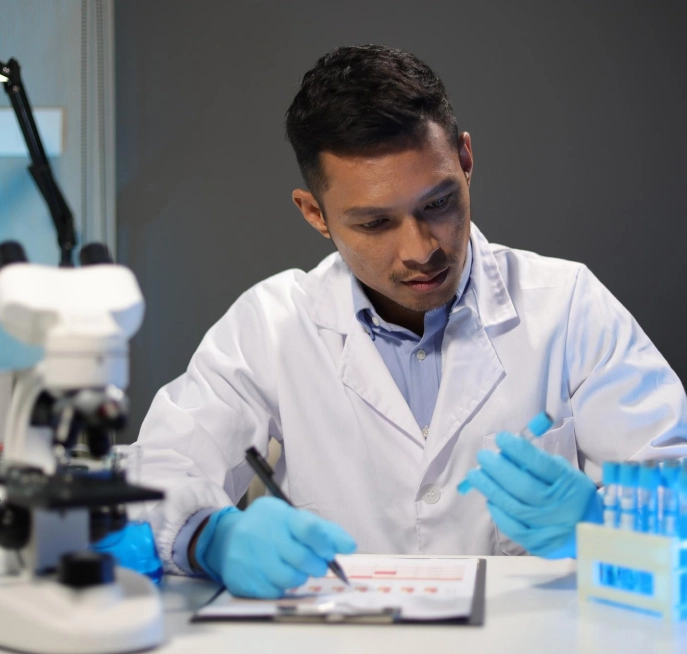Unlock the Root Causes of Chronic Health Issues Through Advanced Diagnostics & Testing
At Pinnacle Integrative Health, we believe in identifying the underlying imbalances that contribute to your health concerns. Through comprehensive diagnostic testing, we uncover hidden dysfunctions and create a personalized plan to restore your vitality.
Why Diagnostics Matter
Rather than simply treating symptoms, our approach aims to understand why symptoms are occurring in the first place. By utilizing cutting-edge diagnostics and functional lab testing, we are able to gain deep insight into your health and develop effective treatment strategies tailored to your unique biochemistry.
Comprehensive Testing Services
We offer a wide range of diagnostic tests to help pinpoint the root causes of your health issues:
Comprehensive Blood Work
Genetic Testing
Comprehensive Gut Health Testing
Functional Medicine Testing
Food Sensitivity & Allergy Testing
Hormone Testing
Heavy Metal & Toxin Screening
Nutrient Deficiency Testing
Each test is chosen based on your symptoms, history, and goals to ensure a personalized and effective care plan.

Functional Blood Testing At Pinnacle
What Is Functional Blood Chemistry Analysis?
Functional Blood Chemistry Analysis is the process by which we evaluate your blood test results using optimal reference ranges. These ranges are based on ideal health, not just the absence of disease.
Our approach focuses on detecting subtle imbalances and trends before they progress into more serious conditions. This enables us to intervene earlier and with more precision.
Why Blood Testing Matters
At Pinnacle Integrative, we analyze over 70+ biomarkers to gain a detailed picture of your body’s function, deficiencies, and potential risk areas.
We assess your biomarkers using optimal (not just conventional) reference ranges for early detection and prevention.
We have 70+ Biomarkers, But We’ve Shown Only a Few Here
Discover What Your Blood Says About Your Health
Download a sample Pinnacle Functional Blood Report to see how we analyze your biomarkers and provide actionable insights for your wellness journey.
Difference Between Functional & Conventional Blood Work
Conventional Testing
Uses broad reference ranges
Focuses on diagnosing disease
Often ignores borderline values
Functional Testing
Uses optimal, health-based ranges
Detects trends and early dysfunction
Focuses on promoting optimal wellness
Investigates borderline and subclinical issues

Common Panels
We Run
Lipid Panel
Thyroid Panel
Comprehensive Metabolic Panel
Vitamin D & Other Nutrient Levels
Hormone Panel
CBC (Complete Blood Count)
Blood Sugar & Insulin Markers
Liver & Kidney Function Tests
CRP and Homocysteine
Advanced Cardiac Markers
The Pinnacle Method
We use data-driven diagnostics to gain deep insights into your internal health status so that we can create a personalized longevity plan.
The lab testing report is designed to simplify your understanding of your biomarkers and show you where and how to improve for optimal health.
What You Get
Personalized Lab Panel customized to your goals
One-on-One Review with a medical provider
Functional Lab Report PDF that explains your biomarkers
Longevity & Optimization Plan based on your results
Stop Guessing. Start Testing.
Take control of your health today with functional blood
testing tailored to your goals.







